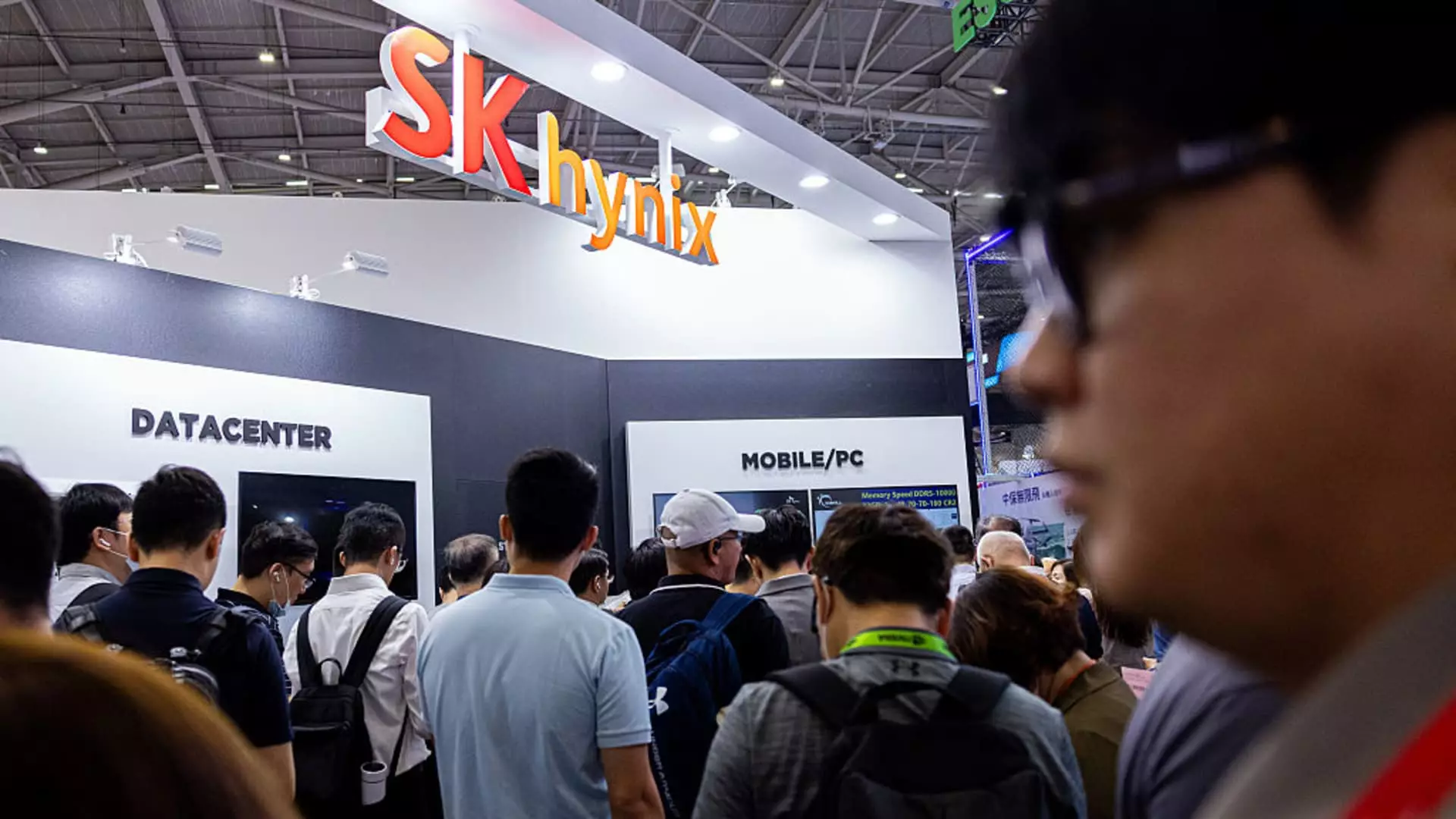In recent political rhetoric, the promise of new tariffs on semiconductors has been portrayed as a bold move to safeguard American economic interests. Yet, beneath this veneer of patriotism lies a dangerous misconception—that tariffs can serve as a reliable tool for national strength. The recent announcement by President Donald Trump, indicating an imminent surge in tariffs on chips, unveils a myopic view of global economics. It’s a misguided attempt to shield domestic industries at the expense of innovation, collaboration, and long-term growth. Such measures overlook the complex interconnectedness of modern supply chains, which are built on global partnerships, not isolation.
The fallacy here is that tariffs will somehow catalyze American manufacturing sovereignty. Instead, the evidence suggests that trade barriers tend to stifle competitiveness, increase costs, and foster retaliation. Japan’s Tokyo Electron and South Korea’s Samsung, giants in the semiconductor sector, have already seen declines in their stocks following Trump’s diplomatic bravado. This isn’t just a matter of stock fluctuations; it reflects deeper vulnerabilities—American innovation is more than protected borders; it resides in the global research ecosystems that these countries lead.
The Historical Risks of Economic Isolation
History demonstrates that protectionism, when wielded unwisely, devastates economies more than it protects them. The mid-20th century experiments with tariffs and trade restrictions led to prolonged stagnation and global discord. Today’s semiconductor industry, central to digital infrastructure, exemplifies a sector where cooperation and shared progress outweigh nationalist policies. When Trump emphasizes “making chips in the U.S.,” it echoes a nostalgic longing for a less interconnected world—a world that no longer exists in the digital age.
By imposing tariffs, the U.S. risks igniting a new wave of retaliatory measures. South Korea’s SK Hynix and Taiwan’s TSMC, critical players in the semiconductor supply chain, have already seen their market values dip. These companies operate in environments shaped by mutual dependence, and any attempt to sever those ties only invites economic destabilization. The false premise that tariffs can resurrect a bygone industrial era is not only naïve but potentially catastrophic.
The Broader Implications for Global Markets
The ripple effects of such protectionist policies extend beyond the semiconductor industry. Markets worldwide are reacting with cautious pessimism, acknowledging that we are perilously close to a trade war that could undermine decades of economic progress. The American investor, often portrayed as the ultimate beneficiary, should consider the broader picture: tariffs tend to increase costs for consumers and businesses alike, resulting in inflationary pressures and reduced purchasing power.
Meanwhile, countries like Australia are experiencing their own market uncertainties amid the shifting geopolitical landscape. The interconnectedness of markets demands nuanced diplomacy, yet protectionist tendencies ignore this reality. A confrontational stance on trade—particularly on critical technology sectors—threatens to fragment the unified global economy in ways that could stall innovation, increase inequality, and undermine the very progress that has lifted millions out of poverty. The illusion of control through tariffs is a fragile facade—one that risks collapsing under the weight of economic realities.
A Reckless gamble with America’s Future
What’s truly alarming about Trump’s tariff rhetoric is that it underscores a shortsighted focus on immediate political gains rather than sustainable growth. By framing tariffs on semiconductors as a means to “bring chip manufacturing home,” the narrative ignores the fact that industries thrive on efficient, collaborative ecosystems—not tariffs designed to punish or manipulate. This approach resembles economic brinkmanship, which ultimately leaves ordinary Americans worse off—faced with higher prices, fewer choices, and diminished technological leadership.
Furthermore, disregarding international expertise and cooperative frameworks undermines America’s position in shaping future technological standards. The global innovation race is not just about manufacturing; it’s about setting the standards that will define technological leadership for decades. Ignoring this reality risks ceding the global technological frontier to competitors like China, which has been adept at using strategic state intervention—not tariffs—to dominate critical sectors.
By inflating the narrative of self-sufficiency, the Trump administration risks turning an industry that’s inherently global into a symbol of economic nationalism—an approach that has historically led to stagnation and decline. The true strength of America lies not in erecting barriers but in harnessing its innovative spirit through partnerships, fair competition, and strategic investments. Embracing cooperation rather than confrontation would serve the nation far better, preserving the technological edge that underpins the American economy.


Leave a Reply